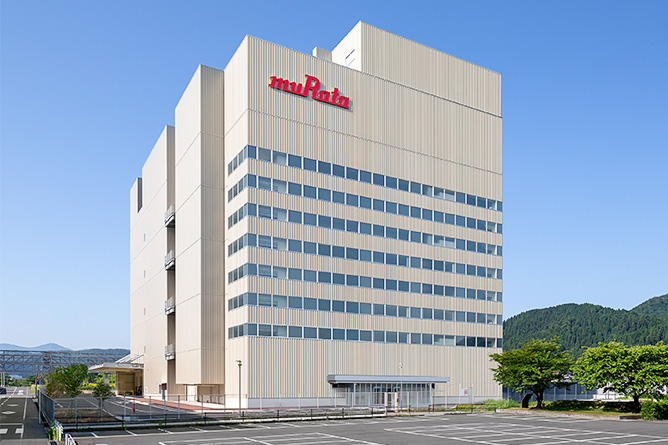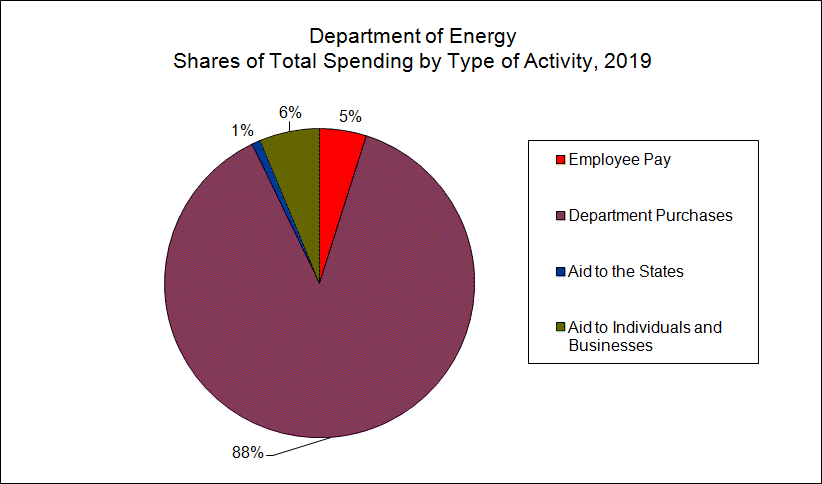
Manufacturing in Dallas is a large, vibrant, and growing industry. The city has a world-class reputation for making everything from aerospace components to consumer goods and computers to life-saving medical devices. And it is a top destination for high-tech firms like Texas Instruments and Lockheed Martin, which have major plants in the Dallas area.
Dallas Fed, the agency that conducts the monthly factory survey in Texas, estimates manufacturing employment increased by 3.5 percent in 2016, slightly less than the rate of economic growth. It is estimated that manufacturing supports about 2.2 million jobs, including those in a variety of related industries, such as service providers, distributors, and transportation companies.
Computer and electronic products manufacture is a large, important subsector of the manufacturing sector in Texas, accounting for about $28.7 billion in Gross State Product in 2015 (the most recent GSP data available). The Brookings Institution considers that computer and electronics products manufacturers are advanced manufacturing industries due to the high percentage of workers who possess higher levels than the national average of scientific knowledge.

Texas's manufacturing industry also includes the manufacture of machine tools and machines. Machine tool and machinery manufacturers include those who produce agricultural, construction, industrial, mining, or mining equipment. According to TWC, this subsector supports about 88,000 manufacturing positions in Texas. Another 117,000 indirect jobs are supported by it.
This highly industrialized subsector contributes about $11.3 billion to the economy, pays average wages of about $98,000 and supports a high number of jobs in other sectors. It employs an important number of engineers.
Manufacturers who specialize in fabricated metal products make a wide range of products, from cutlery to shipping containers. Houston has a particularly strong subsector in this area. It employs around 118,000 Texans.
TWC estimates suggest that during the oil prices slump in 2015 this subsector shed a few jobs, but recovered quickly in 2016. It includes makers of valves, boilers and heat exchangers that serve petrochemical refining and chemical industries along the upper Gulf Coast.

Besides fabricated metal, this subsector also includes automotive parts and equipment used in the aerospace industry and in railroad rolling stock. These are all highly advanced industries in terms of research and development spending per worker, according to Brookings.
If you're a veteran of manufacturing or if you're just getting started, it's important to understand what you offer and how your skills can help you. This can be achieved by partnering with a contract manufacture that provides specialized service and expertise on production disciplines, such as 6S manufacturing, Lean manufacturing ISO and GMP. These services will help you to improve your bottom-line and become more competitive on the market.
FAQ
What does manufacturing industry mean?
Manufacturing Industries are businesses that produce products for sale. Consumers are those who purchase these products. These companies use a variety processes such as distribution, retailing and management to accomplish their purpose. These companies produce goods using raw materials and other equipment. This includes all types and varieties of manufactured goods, such as food items, clothings, building supplies, furnitures, toys, electronics tools, machinery vehicles, pharmaceuticals medical devices, chemicals, among others.
What skills does a production planner need?
A production planner must be organized, flexible, and able multitask to succeed. You must also be able to communicate effectively with clients and colleagues.
Are there any Manufacturing Processes that we should know before we can learn about Logistics?
No. It doesn't matter if you don't know anything about manufacturing before you learn about logistics. Understanding the manufacturing process will allow you to better understand logistics.
What are the requirements to start a logistics business?
It takes a lot of skills and knowledge to run a successful logistics business. To communicate effectively with clients and suppliers, you must be able to communicate well. You need to understand how to analyze data and draw conclusions from it. You must be able to work well under pressure and handle stressful situations. To increase efficiency and creativity, you need to be creative. Strong leadership qualities are essential to motivate your team and help them achieve their organizational goals.
It is also important to be efficient and well organized in order meet deadlines.
Statistics
- According to a Statista study, U.S. businesses spent $1.63 trillion on logistics in 2019, moving goods from origin to end user through various supply chain network segments. (netsuite.com)
- In 2021, an estimated 12.1 million Americans work in the manufacturing sector.6 (investopedia.com)
- Many factories witnessed a 30% increase in output due to the shift to electric motors. (en.wikipedia.org)
- You can multiply the result by 100 to get the total percent of monthly overhead. (investopedia.com)
- In the United States, for example, manufacturing makes up 15% of the economic output. (twi-global.com)
External Links
How To
Six Sigma and Manufacturing
Six Sigma can be described as "the use of statistical process control (SPC), techniques to achieve continuous improvement." Motorola's Quality Improvement Department created Six Sigma at their Tokyo plant, Japan in 1986. Six Sigma is a method to improve quality through standardization and elimination of defects. In recent years, many companies have adopted this method because they believe there is no such thing as perfect products or services. Six Sigma seeks to reduce variation between the mean production value. This means that if you take a sample of your product, then measure its performance against the average, you can find out what percentage of the time the process deviates from the norm. If this deviation is too big, you know something needs fixing.
Understanding the dynamics of variability within your business is the first step in Six Sigma. Once you've understood that, you'll want to identify sources of variation. These variations can also be classified as random or systematic. Random variations occur when people do mistakes. Symmetrical variations are caused due to factors beyond the process. Random variations would include, for example, the failure of some widgets to fall from the assembly line. If however, you notice that each time you assemble a widget it falls apart in exactly the same spot, that is a problem.
Once you identify the problem areas, it is time to create solutions. The solution could involve changing how you do things, or redesigning your entire process. Once you have implemented the changes, it is important to test them again to ensure they work. If they fail, you can go back to the drawing board to come up with a different plan.